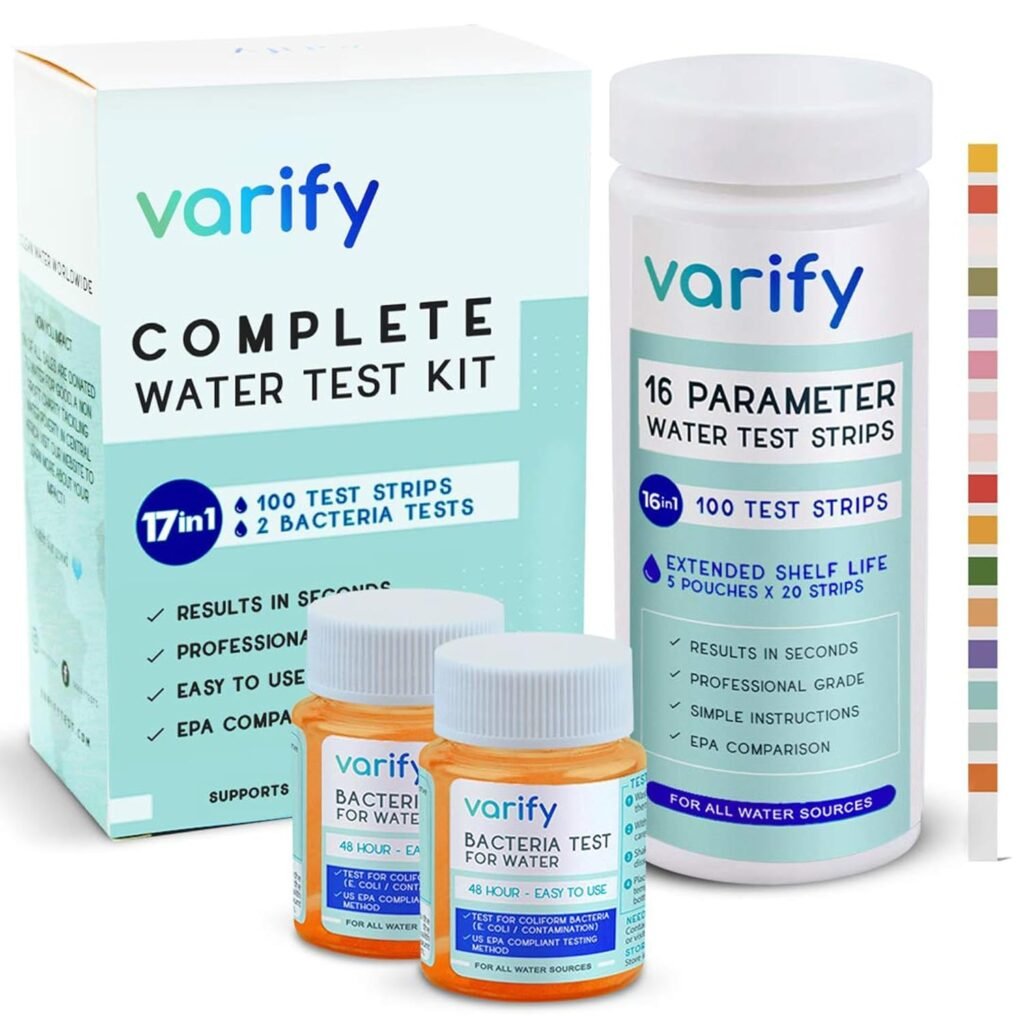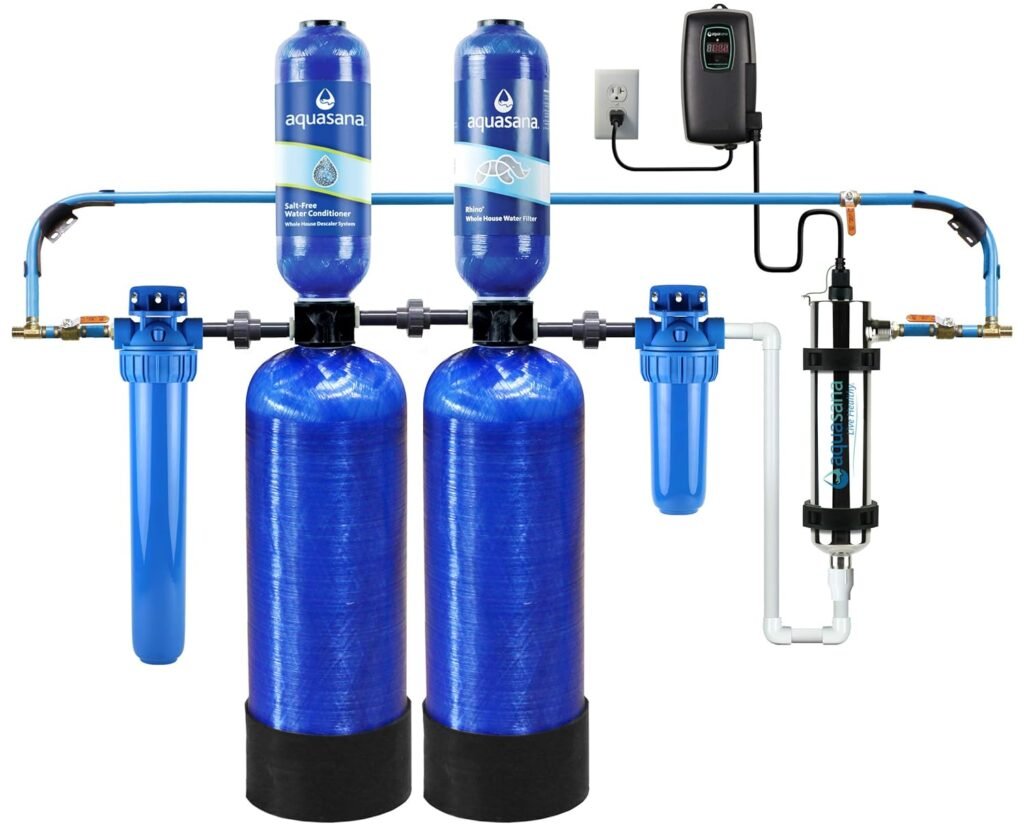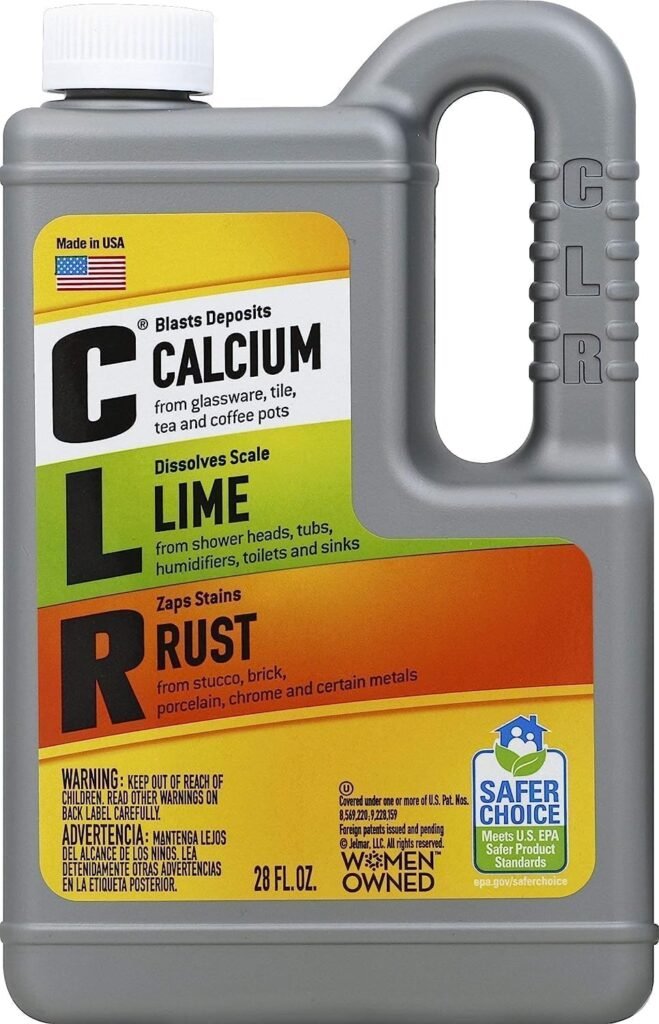We may receive commission with qualifying purchases
Introduction to Iron in Drinking Water
Iron is a naturally occurring element found abundantly in the Earth’s crust. It plays a significant role in various geological and biological processes. As a common environmental constituent, iron can enter water supplies through several pathways. Drinking water can contain iron in two primary forms: ferrous iron (Fe²⁺) and ferric iron (Fe³⁺). These different forms of iron can significantly impact water quality, both in terms of aesthetics and potential health effects.
Ferrous iron is soluble in water and typically remains invisible to the naked eye. However, when ferrous iron is exposed to air, it oxidizes and transforms into ferric iron, which is insoluble and manifests as reddish-brown particles. This oxidation process can lead to staining of laundry, plumbing fixtures, and can impart an unpleasant metallic taste and rusty color to the water. The presence of iron in drinking water is not just an aesthetic concern; it can also affect the water’s chemical balance and infrastructure.
Iron enters drinking water supplies through a variety of sources. Naturally occurring geological formations, such as iron-rich rocks and minerals, can leach iron into groundwater and surface water systems. Furthermore, industrial activities, including mining, steel manufacturing, and the corrosion of iron pipes, can introduce iron into water supplies. While iron is an essential nutrient for human health, excessive amounts in drinking water can pose challenges for water treatment processes and may lead to secondary health issues if not managed properly.
Understanding the origins and forms of iron in drinking water is crucial for addressing its presence and mitigating its effects. By recognizing the different sources and manifestations of iron contamination, water quality professionals can develop targeted strategies to ensure safe and clean drinking water.
Health Implications of Iron in Drinking Water
Iron is a crucial nutrient that plays a significant role in various bodily functions, including oxygen transport and energy production. While it is essential for maintaining good health, the presence of elevated iron levels in drinking water can have both beneficial and adverse effects. Understanding these implications is vital for ensuring safe water consumption.
On the beneficial side, iron contributes to the formation of hemoglobin and myoglobin, proteins that are necessary for transporting oxygen in the blood and muscles, respectively. Adequate iron intake helps prevent anemia, a condition characterized by a deficiency of red blood cells or hemoglobin, leading to fatigue, weakness, and other health issues.
However, excessive iron in drinking water can pose significant health risks. High levels of iron can cause gastrointestinal distress, including nausea, vomiting, and stomach cramps. Chronic ingestion of iron-rich water may lead to more severe conditions, such as iron overload or hemochromatosis. Hemochromatosis is a genetic disorder that causes the body to absorb too much iron from the diet, leading to iron accumulation in organs like the liver, heart, and pancreas. This can result in severe damage and diseases, including liver cirrhosis, heart disease, and diabetes.
Susceptible populations, such as individuals with genetic predispositions to iron overload or those suffering from certain metabolic disorders, are at a higher risk of the adverse effects of excessive iron intake. Therefore, it is crucial to monitor and regulate iron levels in drinking water to prevent potential health complications.
Health organizations, such as the World Health Organization (WHO) and the Environmental Protection Agency (EPA), have established recommended limits for iron in drinking water. The WHO suggests that iron concentrations should not exceed 0.3 milligrams per liter (mg/L) to avoid unpleasant taste, staining, and health risks. Adhering to these guidelines helps ensure the safety and quality of drinking water, protecting public health from the dangers of iron contamination.
Impact on Household Systems and Appliances
Iron in your drinking water can have several adverse effects on household systems and appliances. One of the most noticeable impacts is the staining of laundry and fixtures. Water containing high levels of iron often leaves reddish-brown stains on clothes, sinks, bathtubs, and toilets. These stains can be particularly stubborn and difficult to remove, leading to frequent cleaning and potential replacement of stained items.
In addition to staining, iron can also cause clogging in pipes and water systems. When iron-laden water flows through plumbing, it can precipitate and form iron deposits within the pipes. Over time, these deposits can accumulate, reducing water flow and causing blockages. This can lead to decreased efficiency of water-using appliances such as dishwashers, washing machines, and water heaters. The clogging issue can also result in higher energy consumption as appliances work harder to function properly, thus increasing household utility bills.
Moreover, iron in drinking water can impart a metallic taste and odor, making the water unpalatable. This can be particularly problematic for drinking and cooking purposes, as the unpleasant taste and smell can affect the flavor of food and beverages. Families may resort to purchasing bottled water for drinking and cooking, leading to additional expenses and environmental concerns.
Economically, the presence of iron in water can lead to increased maintenance costs and the need for more frequent replacements of affected appliances. Regular descaling and cleaning of pipes and fixtures become necessary to maintain optimal functioning, adding to household chores and expenses. In some cases, severe iron contamination may necessitate the replacement of plumbing systems and water-using appliances, further escalating costs.
To mitigate these issues, various solutions and preventive measures can be implemented. Installing water softeners, iron filters, or whole-house filtration systems can effectively reduce the iron content in water. Regular maintenance and monitoring of water quality can also help in identifying and addressing iron-related problems early on, thereby extending the lifespan of household systems and appliances.
CLR is by far one of the best cleaners for those tough rust stains find it on amazon by Clicking Here
Mitigation and Treatment Solutions
Addressing iron contamination in drinking water is crucial for ensuring water quality and safety. There are several effective water treatment options available, each suited to different types and concentrations of iron. Understanding these methods will help you choose the most appropriate solution for your needs.
One common method to treat iron in water is the use of water softeners. These systems work by exchanging iron ions with sodium or potassium ions, thereby removing the unwanted iron. Water softeners are particularly effective for treating ferrous iron, which is dissolved and invisible to the naked eye. However, they are less effective for treating ferric iron, which is insoluble and appears as rust in the water.
Iron filters are another practical solution. These filters use various media, such as manganese greensand or Birm, to oxidize and filter out the iron. Once oxidized, the iron particles become insoluble and can be easily trapped by the filter media. Iron filters are highly effective for both ferrous and ferric iron, making them a versatile option for many households.
Oxidation systems are also widely used to treat iron in drinking water. These systems introduce an oxidizing agent, such as chlorine or potassium permanganate, to convert dissolved iron into its insoluble form. The oxidized iron can then be removed through filtration. Oxidation systems are particularly effective for high concentrations of iron, as well as for treating other contaminants such as manganese and hydrogen sulfide.
Regular water testing is essential to ensure that your treatment system continues to operate effectively. Testing helps monitor iron levels and detect any changes in water quality, allowing for timely maintenance and adjustments. It is recommended to test your water at least once a year, or more frequently if you notice any changes in taste, color, or odor.
When selecting a treatment method, consider the specific type and concentration of iron in your water. Consulting with a water treatment professional can provide valuable insights and help you make an informed decision. With the right knowledge and tools, you can effectively manage iron in your drinking water, ensuring it remains safe and clean for your household.



